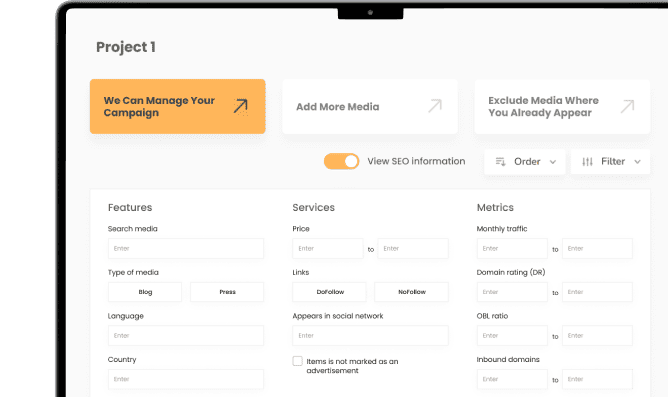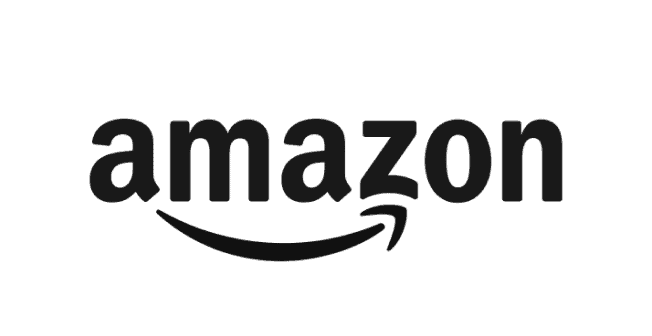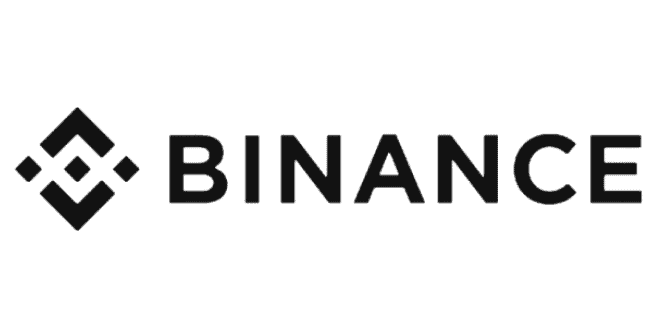You’ve got a set date. A defined line-up. A music event with huge potential. But there’s a problem: Google doesn’t know it exists.
Nothing on the SERPs. No event snippet. Zero presence on Google Events.
In this article, we’ll show you how we used a surgical off-page strategy to give digital life to an invisible festival.
Structured data, smart links, and surgical scraping.
Result: visibility, authority, and a spot on Google Events in record time.
For years, we’ve been strong advocates of leveraging every opportunity (increasingly dynamic) that the SERPs offer us to maximize our visibility — or what we’ve always preached: think outside the box.
During our initial analysis, one of our key goals to gain visibility was getting the event to appear in Google Events. However, we found it didn’t show up at all.
So, as we mapped out our strategy, we identified several key areas of interest and benefit for our client, focusing on:
- Proper selection of media and strategic content to reach the exact target audience
- Speeding up the signal process to Google so it recognizes our event and we can maximize exposure
Here’s what the SERP would look like for a branded search of an event already recognized by Google — event card, schedule, FAQs… Pretty prominent. Not the case for our client.
Let’s get to work 👨🔬🧪
The first thing we requested from our client was an on-page improvement, since — as we always say — link building is just one piece of a complete SEO strategy.
In this case, we emphasized the importance of properly using structured data before launching all the link building actions.
Through link building, we aimed to support what we identified as the three “action levers” that would create immediate impact:
- Visibility: We needed the event to reach as much of the interested audience as possible.
- Signals: Send Google all the right signals to support our visibility effort (event card, Google Events appearance…)
- Speed: With limited time, we had to act, execute, and get results fast.
First, we analyzed how Google treats upcoming events indexed in Google Events.
We discovered that the source of the information was cited in each of the event listings where Google completed data.
This was a key insight, so we started to pull the thread 🧵.
We performed a scrape using SerpAPI, targeting Google Events directly. Using the “link” parameter, we extracted a full list of sites Google was using as “information sources” for upcoming events.
We then cleaned the raw list, removing ticket-selling platforms and similar sources that would be handled through other channels.

This gave us a refined list of websites with real potential for sponsored content collaboration.
We then cross-referenced this list of domains with the Growwer database to instantly identify which sites were already available — and ready for action.

We’ve got media!
We got a variety of results — some media outlets we already had on our radar, given their type and usual target audience.
But in this case, we also knew for sure that Google was already using these outlets as “reference sources” for event listings — including how often each one was used. This allowed us to prioritize based on their appearance frequency.
With the media selected, our next step was generating structured event markup.
Our goal was to negotiate with publishers to include our Schema markup within the sponsored article.
That way, we made it easier for Google to interpret the signals — everything neatly packaged and served on a platter.
Some outlets accepted the markup, others only accepted the article with their own markup (or none). What mattered: all were already recognized by Google as information sources.
With all these elements combined, the result was predictable.
Here’s what we achieved:
- The event listed on Google Events
- The event card, claimable, on the Knowledge Panel
- Strategic publications in relevant industry media, boosting internal traffic
- Organic results for valuable queries around this type of event and location, exposing the brand to new audiences
- Reinforced credibility and brand value for the event as a standalone entity
Our final message to you:
- Think and analyze your goals and deadlines realistically
- Look for alternative strategies, 100% tailored to your specific needs — break away from what’s expected
- In short: stick to our mantra — “Think outside the box”
We hope this content was insightful, valuable — and above all, inspiring when creating your next strategies.
Likewise, everything you’ve just seen was carried out through Growwer’s managed service — a free service available when you invest a minimum of 500 euros.
If you want us to help with your project and goals, just fill out the form below 👇







